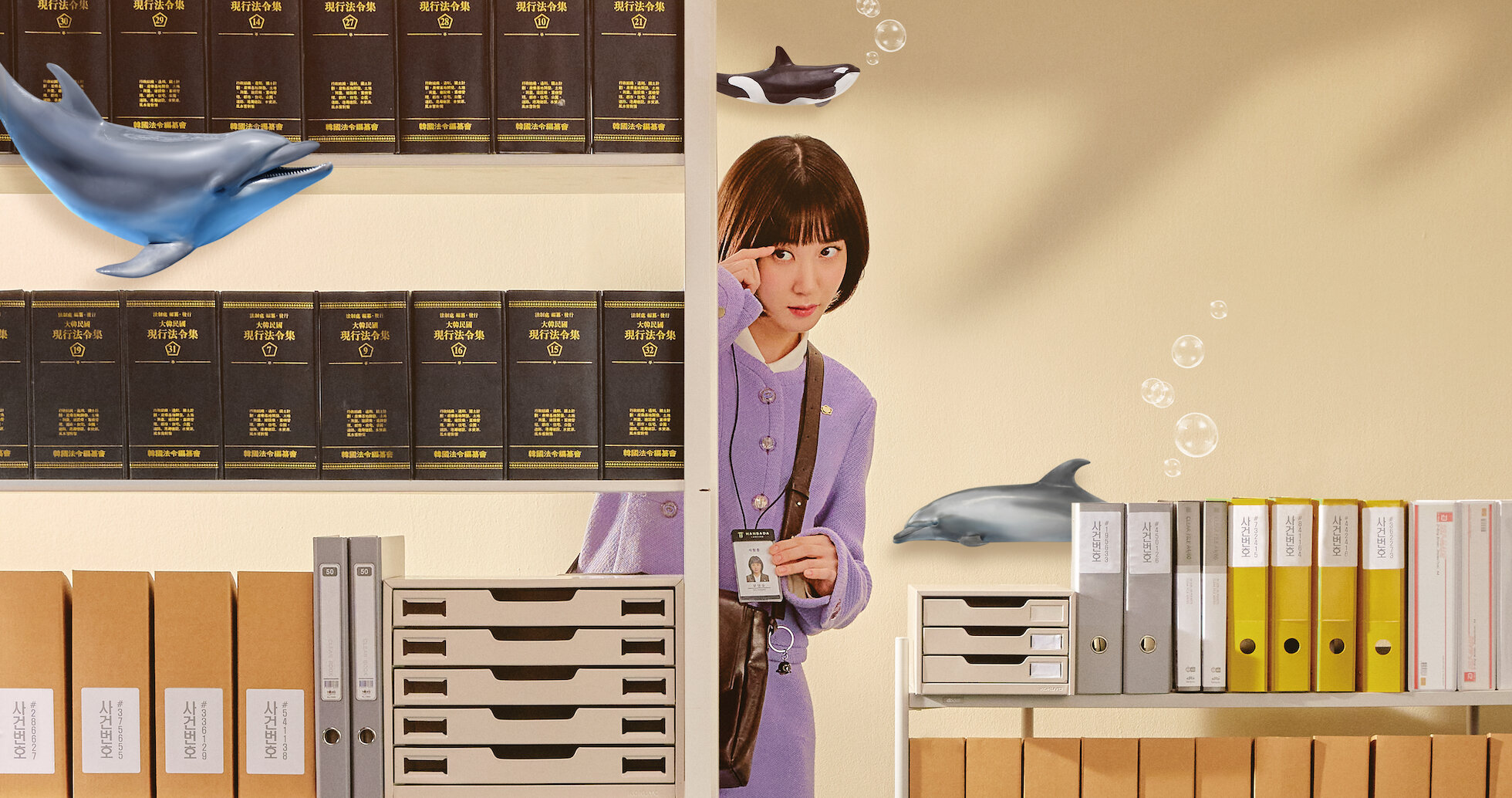Where Art Meets Storytelling: K-Dramas with a Visual Soul
There are K-Dramas you watch for the plot. The chemistry. The cliffhangers. And then—there are those rare ones that feel like walking through a painting. Those shows that don’t just tell you a story; they show it to you in brushstrokes, color palettes, and cinematic frames that linger long after the credits roll. Lately, I’ve found myself thinking a lot about those kinds of dramas—the ones I like to call K-Dramas with Unique Artistic Styles—and what makes them feel so distinctly unforgettable.
You don’t even need subtitles to feel them. The way the light hits a character’s face, the use of silence, the way one frame looks like it was designed for a gallery wall. These aren’t just dramas—they’re living, breathing art.
When Storytelling Becomes Visual Poetry
We’re used to stories that speak through dialogue or action. But artistic K-Dramas speak through feeling. Through soft camera movements, deliberate color choices, and soundscapes that haunt or comfort. It’s storytelling for the senses. And when done right, it makes you pause—not just the show, but your own thoughts.
One perfect example? It’s Okay to Not Be Okay. Every frame feels handcrafted—Gothic fairytale vibes, muted pastels against sharp shadows, and animations that bleed into real life. It didn’t just tell us that Moon-young lived in a storybook world. It made us see it. Feel it. That’s art direction doing more than decoration—it’s deepening the emotional narrative.
The Magic of Color and Composition
Color isn’t just pretty—it's intentional. Think of Hotel Del Luna. The show practically glows. Deep purples, golds, reds—it’s all rich, regal, otherworldly. You don’t just understand Jang Man-wol’s centuries of sorrow; you see it wrapped around her in velvet night skies and moonlit blues.
Even something quieter like My Mister uses greys and faded hues to mirror the weight the characters carry. The washed-out palette isn’t accidental—it reflects the exhaustion of existing. And when you finally see warmth and color return? Your heart recognizes the healing before the characters even say a word.
Playing with Format and Form
Some dramas take visual creativity to the next level by playing with form. Extraordinary Attorney Woo gives us Woo Young-woo’s inner world through dreamy whales, shifting skies, and symbolic metaphors. The artistic direction makes her neurodivergence feel beautiful—not as something “different” to fix, but as a lens that sees the world in unexpected wonder.
Then there’s Kill Me, Heal Me—where each personality isn’t just acted differently, but styled differently. Music cues shift. Filters change. It’s like watching seven separate mini-films that somehow stitch together into one heart-shattering story.
When Cinematography Feels Intimate
Shows like Our Beloved Summer prove that artistic direction doesn’t have to be loud to be powerful. Its documentary-style framing, the lingering camera shots, the warm, sun-drenched glow—all of it feels nostalgic and soft, like flipping through a photo album you didn’t know you missed. It captures youth, love, and all the in-betweens in a way that feels more lived-in than staged.
And Misaeng—a corporate office drama of all things—turns cold fluorescent lighting into something poetic. The gray concrete walls become a visual metaphor for loneliness and pressure, while wide-angle shots remind us how small one person can feel in a system.
The Niche That Stays With You
There’s a niche, tender beauty in these dramas. They aren’t always the loudest or most memeable. But they’re the ones you remember years later. You remember how they looked. How they felt. And maybe that’s what makes them so special—because when the artistic style is that strong, it’s like the show has a soul.
These dramas stay in your bones not just because of the stories they told, but because of how they told them. Through color. Through silence. Through visual choices that felt like secrets meant only for you.
So if you’re ever looking to fall in love with K-Dramas all over again, look for the ones that take their time with the frame. That treat each scene like a canvas. That don’t just show the story—but paint it.
After all, the best kind of art is the kind that leaves something behind. And these K-Dramas? They leave a whole feeling.

Comments
Post a Comment